A new study casts doubt on the theory that neutrinos get their mass from dark matter, leaving one of physics’ biggest mysteries unsolved.
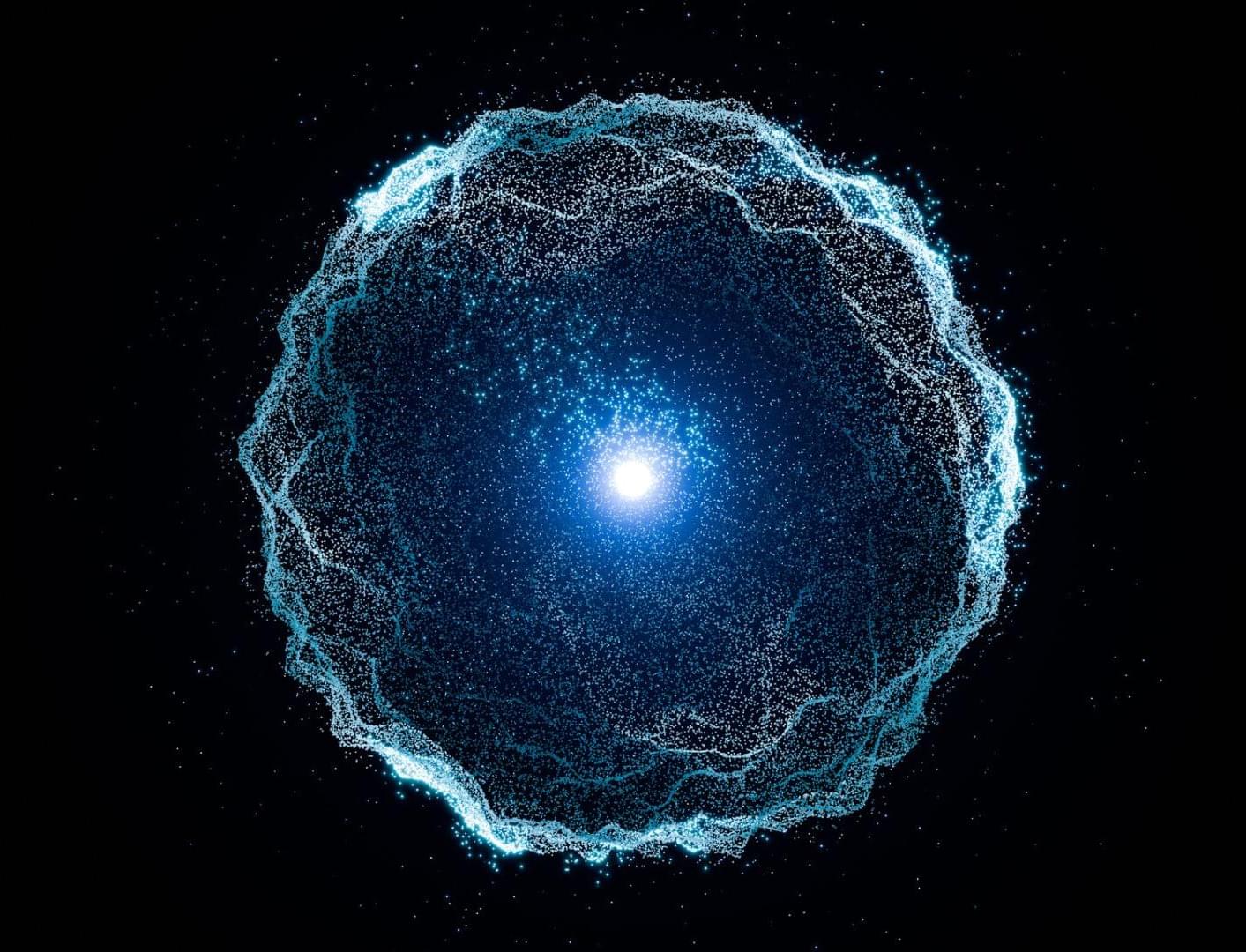

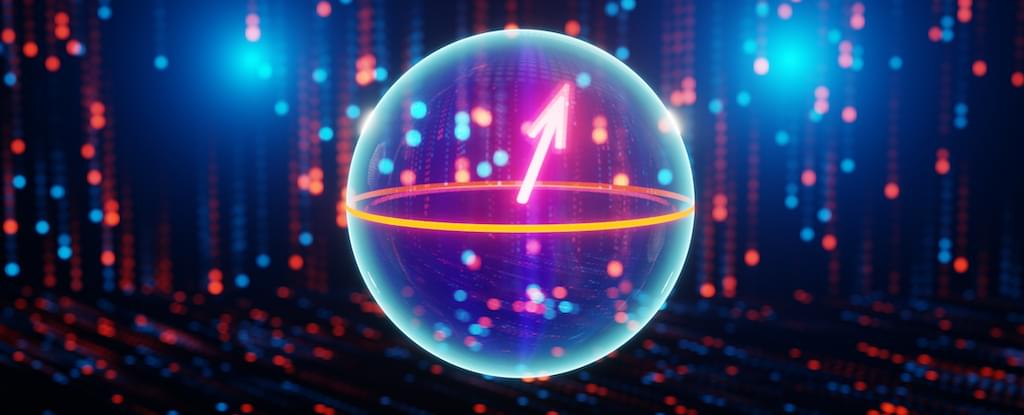
CERN scientists have analyzed a particle of antimatter isolated in an undecided quantum state known as a superposition for the first time.
While the quantum behavior of ordinary matter has been studied extensively and even used as the basis of quantum computers in the form of qubits, the breakthrough goes far beyond technological applications, potentially helping physicists understand why we even exist today.
The team suspended an antiproton – the antimatter counterpart of the proton – in a system of electromagnetic traps, and suppressed environmental interference that would mess with the particle’s delicate quantum state.
Scientists have imaged atomic thermal vibrations for the first time, revealing hidden patterns that could redefine quantum and nano-electronic device design. Scientists studying atomic-level behavior in advanced electronic and quantum devices have successfully captured the first-ever microscopy i
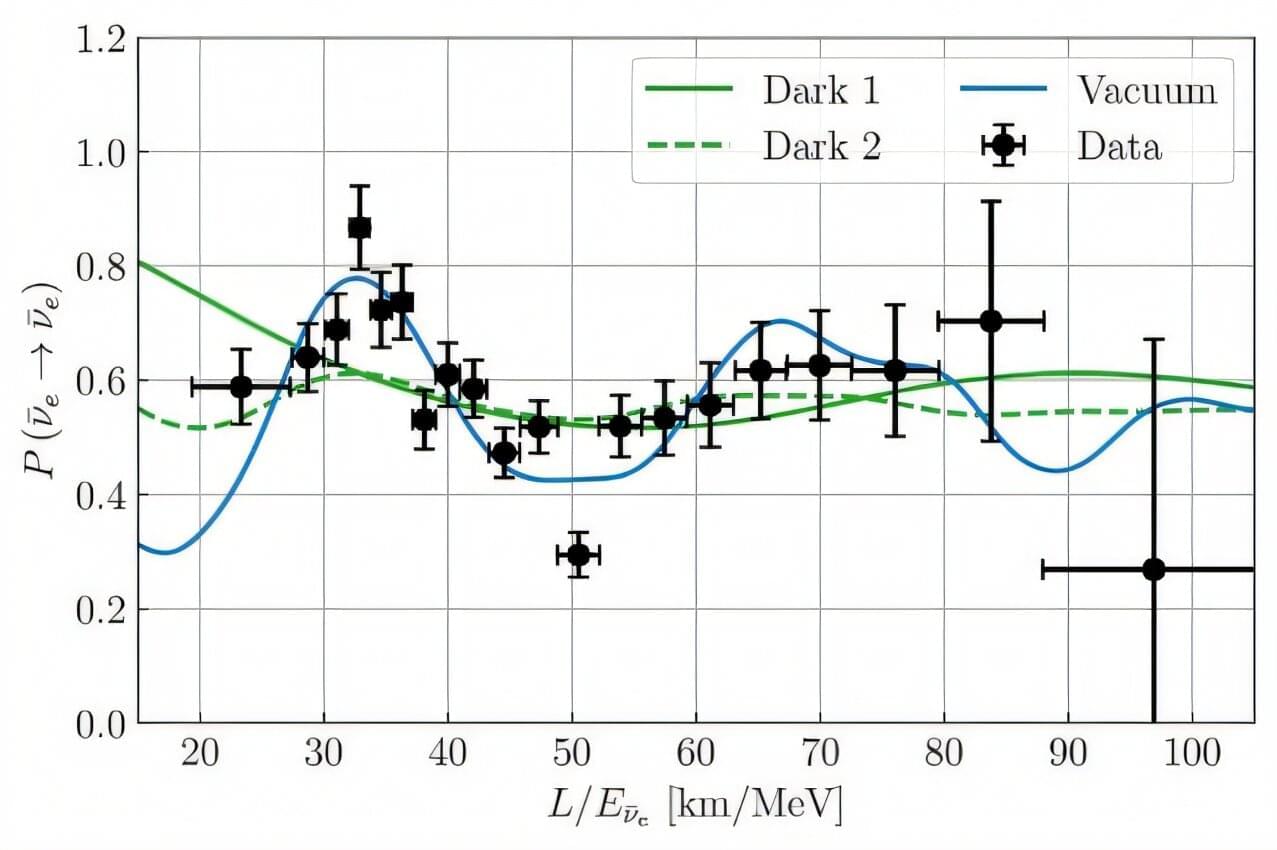
Neutrinos are fundamental particles characterized by no electric charge and very small masses, which are known to interact with other matter via the weak force or gravity. While these particles have been the focus of numerous research studies, the processes through which they acquire their masses have not yet been elucidated.
One hypothesis is that neutrino masses originate from interactions with ultralight dark matter, a type of dark matter theorized to be made up of particles or fields with extremely small masses below 10 electron volts (eV). Researchers at Shanghai Jiao Tong University and University of Salerno recently set out to test this hypothesis by comparing data collected by the Kamioka Liquid Scintillator Antineutrino Detector (KamLAND) experiment to theoretical predictions.
Their findings, published in a paper in Physical Review Letters, suggest that neutrino masses are not likely to have a dark origin.
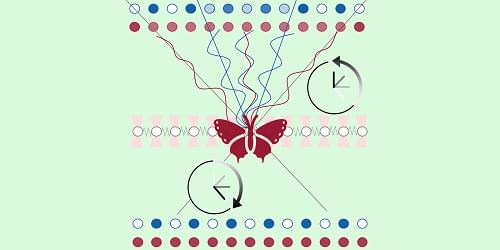
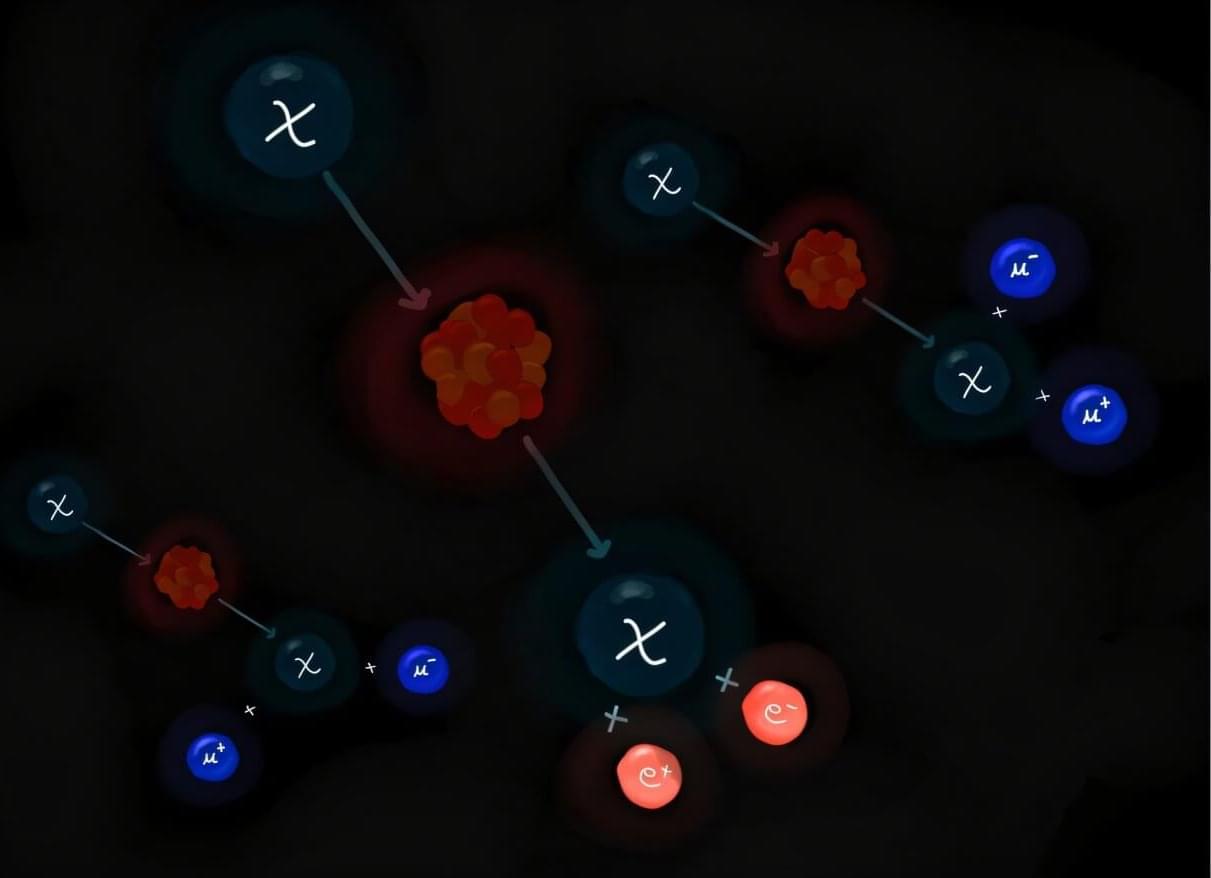
Dark matter (DM) is a type of matter estimated to account for 80% of the universe’s total mass, but it cannot be directly detected using conventional experimental techniques. As DM does not emit, reflect or absorb light, most previous dark matter searches were aimed at observing either its weak interactions with ordinary matter using highly sensitive detectors or other signatures linked to its presence or decay.
Researchers at Texas A&M University recently introduced a new approach that could enable the direct detection of this elusive type of matter, leveraging a process known as the DM internal pair production. Their proposed strategy, outlined in a paper published in Physical Review Letters, could open new possibilities for future DM searches focusing on a wide range of candidate particles.
“The particle nature of DM can be revealed when a DM particle scatters off a nucleus and produces a visible recoil signal,” the authors told Phys.org. “However, for light DM, transferring sufficient energy to a heavy nucleus is kinematically challenging, even if the DM is energetic. To overcome this limitation, we developed a framework where additional particles are produced in the final state, allowing the DM’s energy to be shared among them, while the nucleus remains largely at rest.”

A research team at the Politecnico di Milano has developed an innovative single-atom catalyst capable of selectively adapting its chemical activity. This is a crucial step forward in sustainable chemistry and the design of more efficient and programmable industrial processes.
The study was published in the Journal of the American Chemical Society.
This achievement is novel in the field of single-atom catalysts. For the first time, scientists have demonstrated the possibility of designing a material that can selectively change its catalytic function depending on the chemical environment. It involves a sort of “molecular switch” that allows complex reactions to be performed more cleanly and efficiently, using less energy than conventional processes.
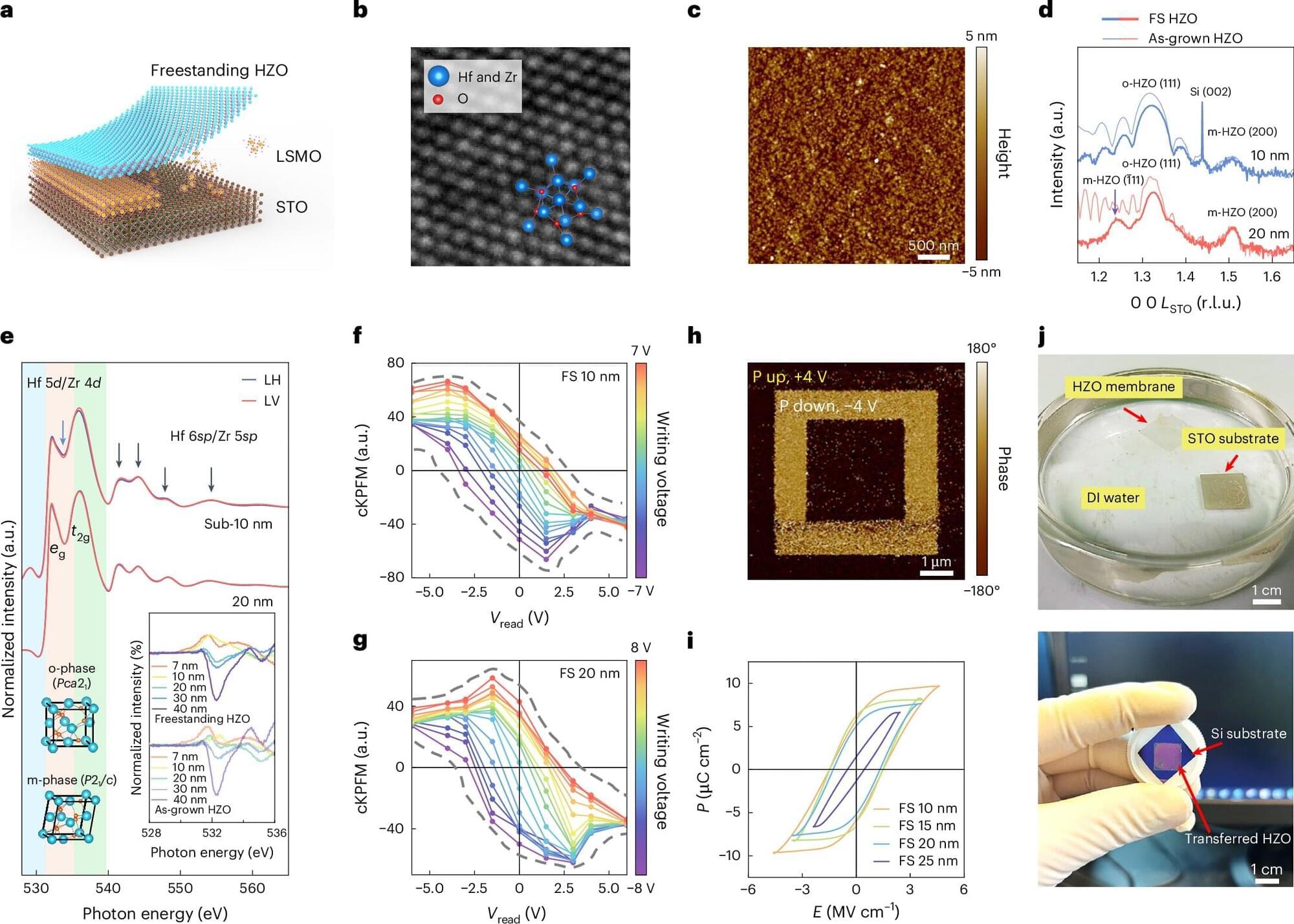
To further reduce the size of electronic devices, while also improving their performance and energy efficiency, electronics engineers have been trying to identify alternative materials that outperform silicon and other conventional semiconductors. Two-dimensional (2D) semiconductors, materials that are just a few atoms thick and have a tunable electrical conductivity, are among the most promising candidates for the fabrication of smaller and better performing devices.
Past studies showed that these materials could be used to fabricate miniaturized transistors, electronic components that amplify or switch electrical signals, particularly field-effect transistors (FETs). These are transistors that control the flow of electrical current using an electric field.
To reliably operate, however, FETs also need to integrate an insulating layer that separates the so-called gate electrode (i.e., the terminal regulating the flow of current) from the channel (i.e., the pathway through which electrical current flows). To enable greater control over the gate, this insulating layer, known as a gate dielectric, should have a high dielectric constant (κ), or in other words, it should effectively store electrical energy.


Though atomic nuclei are often depicted as static clusters of protons and neutrons (nucleons), the particles are actually bustling with movement. Thus, the nucleons carry a range of momenta. Sometimes, these nucleons may even briefly engage through the strong interaction. This interaction between two nucleons can boost the momentum of both and form high-momentum nucleon pairs. This effect yields two-nucleon short-range correlations.
Experiments at the U.S. Department of Energy’s Thomas Jefferson National Accelerator Facility have studied these pairs to learn how protons and neutrons preferentially pair up at short distances. However, short-range correlations involving three or more nucleons haven’t been detected yet.
Now, in a study published in Physics Letters B, researchers used data from a 2018 experiment in Jefferson Lab’s Hall A to measure the signature of three–nucleon short-range correlations for the first time.